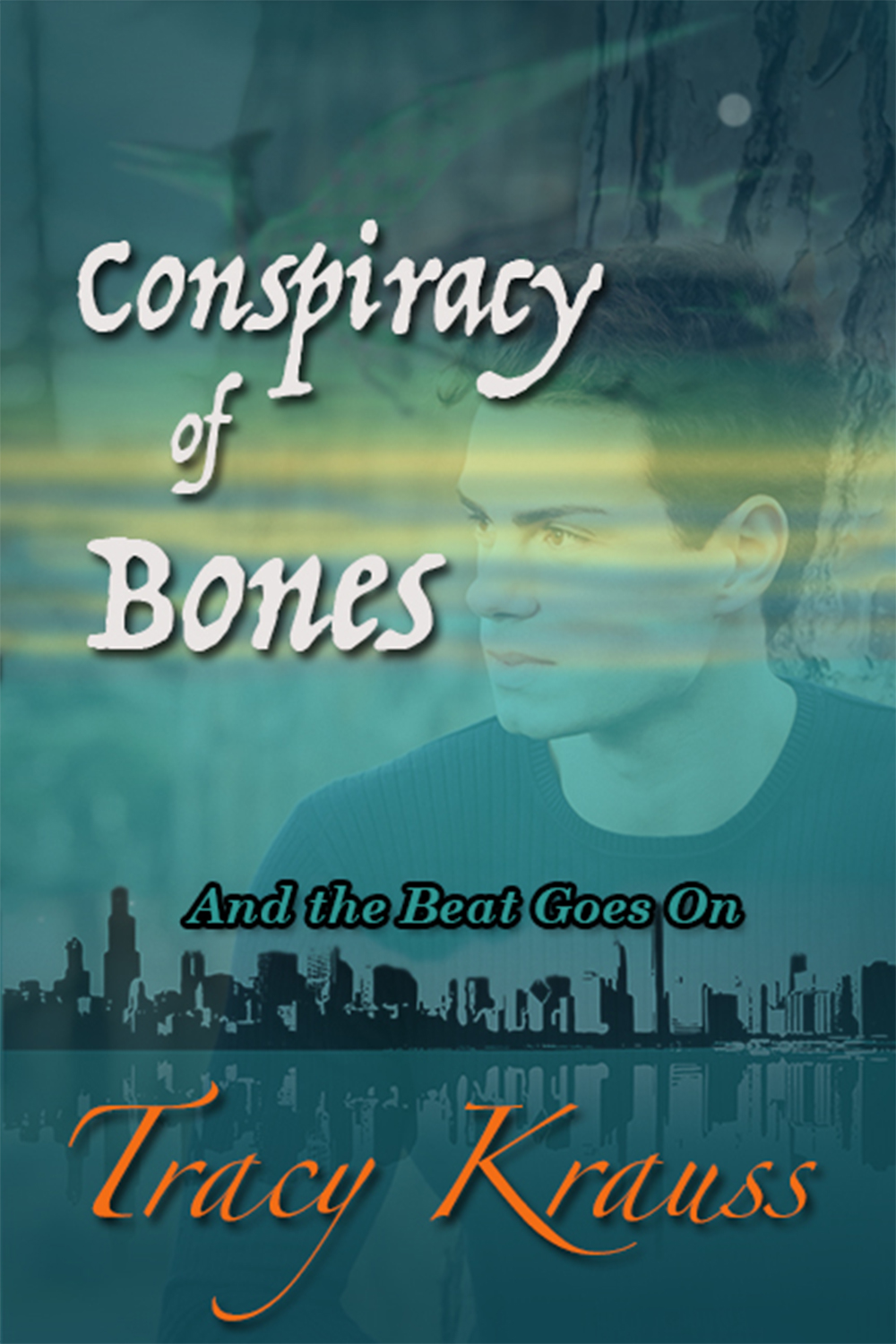
Get your free copy of this award winning book.
“Are you a plotter or a pantser?” Within fiction-writing circles we hear this question bandied about all the time. May I submit to you that BOTH require a certain amount of Planning?
To me, a true “pantser” begins with nothing more than an idea, allowing their imagination and stream of consciousness to dictate what appears on the page. A plotter, on the other hand, spends time developing detailed schematics beyond the basic story arc. Inciting incident, character arcs, scene by scene development… This takes time and a lot of foresight.
I haven’t decided which definition fits me best. In fact, I challenge anyone to be a purist for either camp.
I need more structure than a simple idea before I start writing a novel. Sure, sometimes I write a scene or some dialogue as inspiration, but to actually sit down and just let the story go wherever it wishes is somewhat like throwing ingredients into the air and hoping they land on the plate. It might work for a simple snack, but the more complex the meal, the more time must be taken to assemble the various parts.
I’ve used various suggestions about how best to plot, from following a “formula” from plot-point to plot-point to writing scene descriptions on recipe cards and rearranging them. I like to write in Scrivener, so sometimes I lay our scene cards on the “corkboard” and populate my document with colour coded scenes, using a different colour for each character or what have you. While this gives me a framework, I have to admit that invariably, my plans always change.
I can spend a long time working everything out, but once I actually start writing, new ideas come forward – things I would never have thought of until the writing process actually began. Sometimes characters say or do things that don’t fit with my original plan. These are not things I can foresee. They just happen, and I’ve learned that this is an important part of the process.
I need to have a general idea of where the story is heading, but sometimes I can’t work out these details ahead of time. I know where the characters are going, but I don’t always know how they are going to get there. That’s why the first draft is so important. Once I outline the basic structure of the book (the plotting part) I allow the “pantser” free reign as I write the initial draft.
For me, both are an important part of the writing process. In the end, whether you lean more one way or the other, I doubt that anyone can actually stick to either in the strictest sense of the word. Perhaps “Plantser” is a better term!
This article first appeared on the InScribe writers” Online blog in April of 2024.